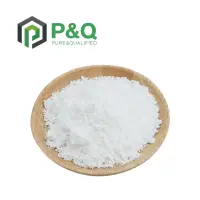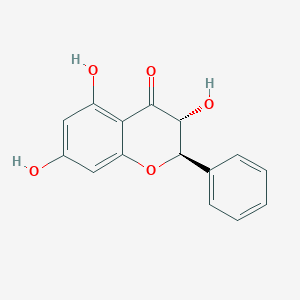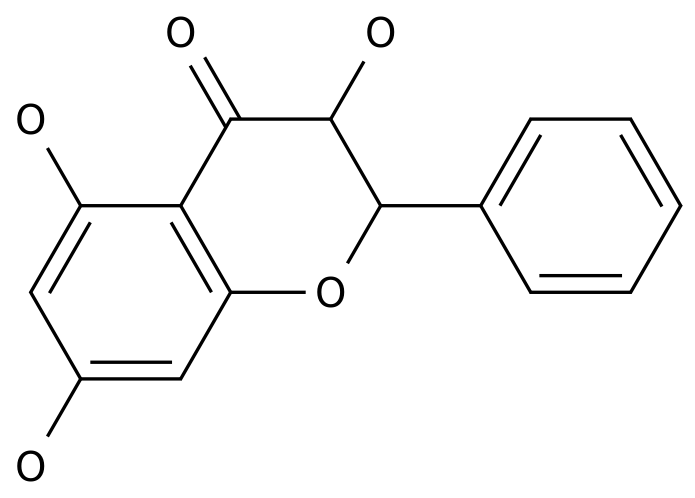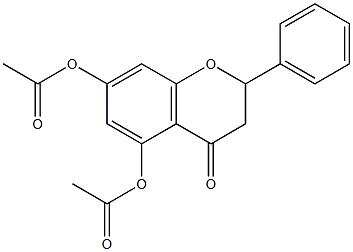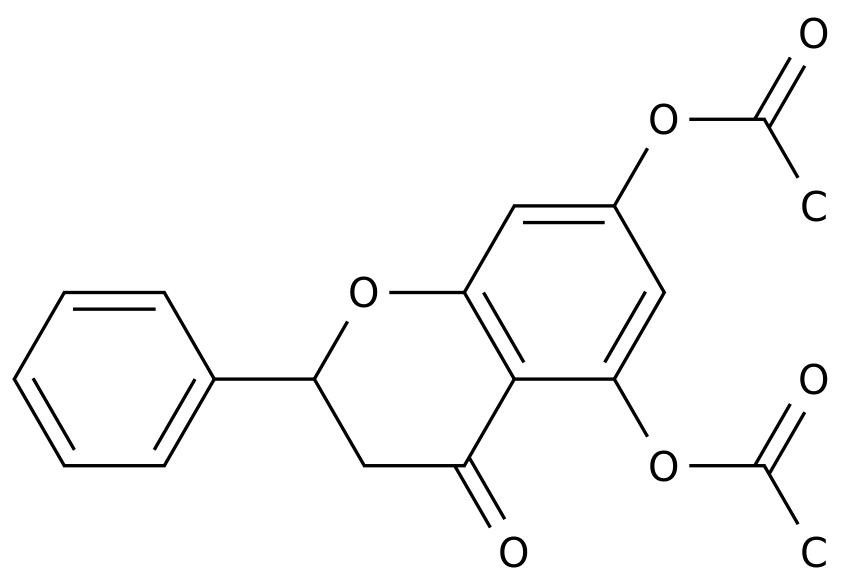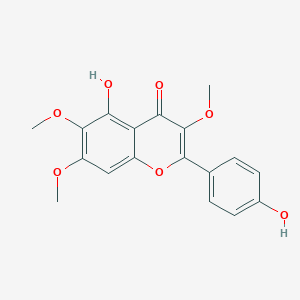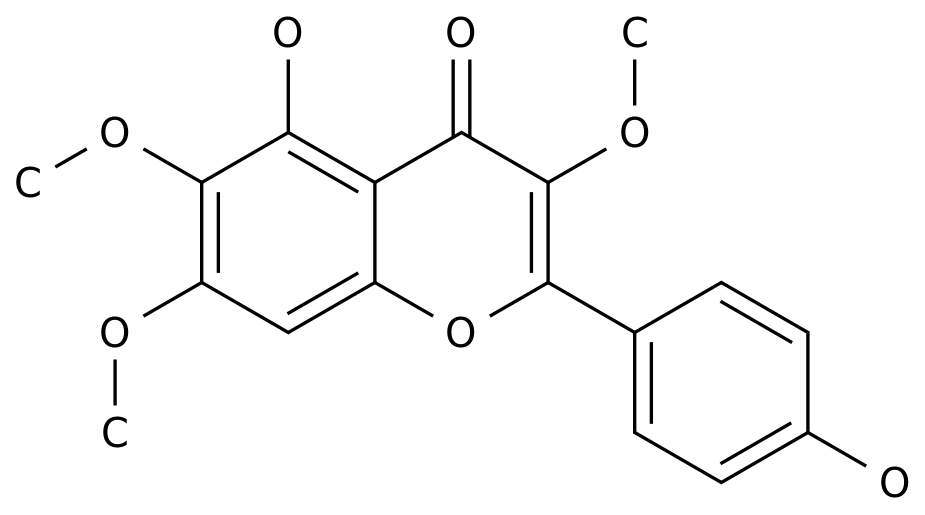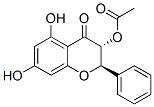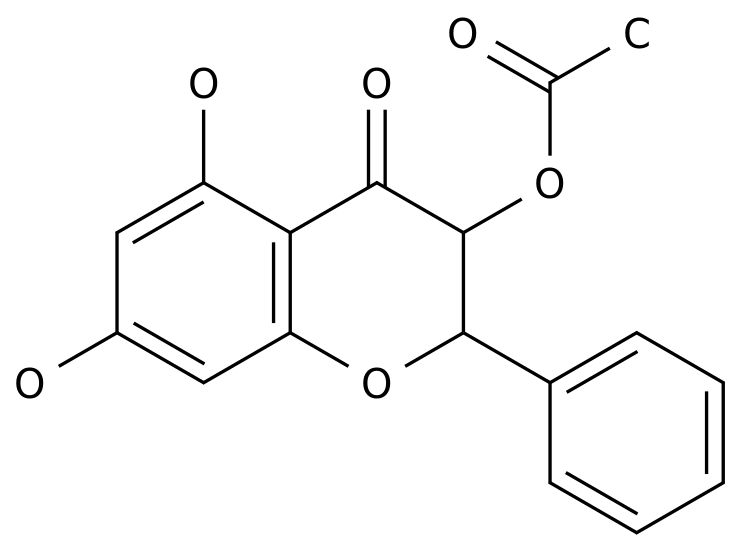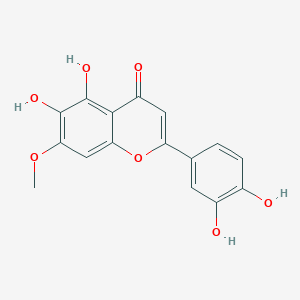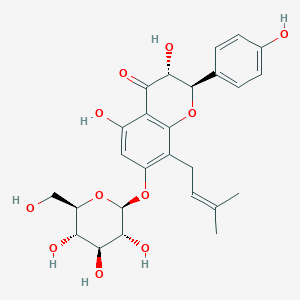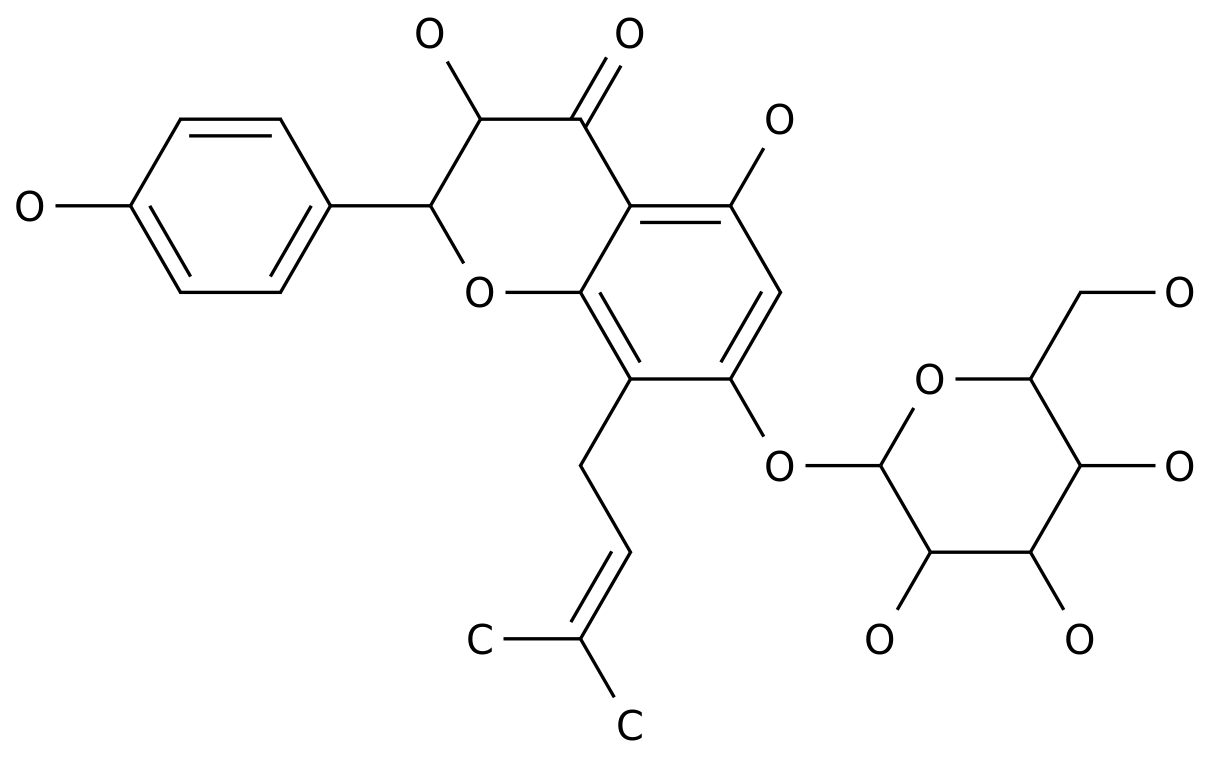Natural Products
- • Lignans (182)
- • Xanthones (46)
- • Flavonoids (454)
- • Terpenes (769)
- • Iridoid Derivatives (92)
- • Coumarin and Derivatives (121)
- • Phenols (335)
- • Steroids (103)
- • Phenylpropanoids (75)
- • Anthraquinone and Derivatives (16)
- • Chalcones (47)
- • Alkaloids (491)
- • Quinone Ring (28)
- • Sesquiterpene (228)
Related News
-
Credit Suisse triggers anxiety, international crude oil and natural gas collectively plummet
2023-03-16 -
Germany's annual natural gas imports fell by more than 10%
2023-01-17 -
Turkey announces discovery of 58 billion cubic meters of natural gas in Black Sea
2022-12-28 -
Natural gas: Sinopec and Qatar Energy signed a long-term purchase agreement
2022-12-01 -
The EU proposes to set a price ceiling of 275 euros per megawatt hour for natural gas
2022-11-24 -
German natural gas storage facility reaches 100% gas storage capacity
2022-11-22
Flavonoids
Pectolinarigenin
(520-12-7)-
Food Grade / 10%
-
![5,7-Dihydroxy-6-methoxy-2-(4-methoxyphenyl)-4-benzopyrone buy 5,7-Dihydroxy-6-methoxy-2-(4-methoxyphenyl)-4-benzopyrone]()
-
![5,7-dihydroxy-6-methoxy-2-(4-methoxyphenyl)-4-benzopyrone buy 5,7-dihydroxy-6-methoxy-2-(4-methoxyphenyl)-4-benzopyrone]()
Industrial Grade / 99%
-
![4H-1-Benzopyran-4-one,5,7-dihydroxy-6-methoxy-2-(4-methoxyphenyl)- buy 4H-1-Benzopyran-4-one,5,7-dihydroxy-6-methoxy-2-(4-methoxyphenyl)-]()
Request for quotation , get quotes from more suppliers.
Prunetin
(552-59-0)-
- / 99.00%
-
Chemical Grade / 99%
-
![Prunetin buy Prunetin]()
Industrial Grade / 99%
-
![Prunetin buy Prunetin]()
Industrial Grade / 99%
Request for quotation , get quotes from more suppliers.
-
![Picembrin 7-acetate buy Picembrin 7-acetate]()
Industrial Grade / 99.0%
-
![Pinocembrin 7-acetate buy Pinocembrin 7-acetate]()
-
![Picembrin 7-acetate buy Picembrin 7-acetate]()
-
![Pinocembrin 7-acetate buy Pinocembrin 7-acetate]()
Industrial Grade / 99%
Request for quotation , get quotes from more suppliers.
Pinobanksin
(548-82-3)-
![PINOBANKSIN buy PINOBANKSIN]()
Industrial Grade / 99%
-
![PINOBANKSIN buy PINOBANKSIN]()
-
![PINOBANKSIN buy PINOBANKSIN]()
-
![PINOBANKSIN buy PINOBANKSIN]()
Industrial Grade / 99%
Request for quotation , get quotes from more suppliers.
-
![Picembrin diacetate buy Picembrin diacetate]()
Industrial Grade / 99.0%
-
![Pinocembrin diacetate buy Pinocembrin diacetate]()
-
![Picembrin diacetate buy Picembrin diacetate]()
-
![Pinocembrin diacetate buy Pinocembrin diacetate]()
Industrial Grade / 99%
Request for quotation , get quotes from more suppliers.
Source Flavonoids Products Supply
-
![3,6,7-Trimethyl-6-hydroxykaempferol buy 3,6,7-Trimethyl-6-hydroxykaempferol]()
Industrial Grade / 99%
-
![PENDULETIN buy PENDULETIN]()
-
![3,6,7-Trimethyl-6-hydroxykaempferol buy 3,6,7-Trimethyl-6-hydroxykaempferol]()
-
![PENDULETIN buy PENDULETIN]()
Industrial Grade / 99%
Request for quotation , get quotes from more suppliers.
Pinobanksin 3-acetate
(52117-69-8)-
![(2R-trans)-3-(Acetyloxy)-2,3-dihydro-5,7-dihydroxy-2-phenyl-4H-1-benzo pyran-4-one buy (2R-trans)-3-(Acetyloxy)-2,3-dihydro-5,7-dihydroxy-2-phenyl-4H-1-benzo pyran-4-one]()
Industrial Grade / 99%
-
![3-O-ACETYLPINOBANKSIN buy 3-O-ACETYLPINOBANKSIN]()
-
![(2R-trans)-3-(Acetyloxy)-2,3-dihydro-5,7-dihydroxy-2-phenyl-4H-1-benzo pyran-4-one buy (2R-trans)-3-(Acetyloxy)-2,3-dihydro-5,7-dihydroxy-2-phenyl-4H-1-benzo pyran-4-one]()
-
![3-O-ACETYLPINOBANKSIN buy 3-O-ACETYLPINOBANKSIN]()
Industrial Grade / 99%
Request for quotation , get quotes from more suppliers.
-
![PEDALITIN CAS NO 22384-63-0 buy PEDALITIN CAS NO 22384-63-0]()
Industrial Grade, Feed Grade, Food Grade, Pharma Grade / 99%
$11.11/KG EXW
-
![PEDALITIN buy PEDALITIN]()
-
![PEDALITIN buy PEDALITIN]()
-
![PEDALITIN buy PEDALITIN]()
Industrial Grade / 99%
Request for quotation , get quotes from more suppliers.
Prunin
(529-55-5)-
- / 99.00%
-
Industrial Grade / 99%
-
![NARINGENIN-7-O-GLUCOSIDE buy NARINGENIN-7-O-GLUCOSIDE]()
Industrial Grade / 99%
-
![NARINGENIN-7-O-GLUCOSIDE buy NARINGENIN-7-O-GLUCOSIDE]()
Industrial Grade / 99%
Request for quotation , get quotes from more suppliers.
Phellamurin
(52589-11-4)-
![phellamurin buy phellamurin]()
Industrial Grade / 99%
-
![phellamurin buy phellamurin]()
-
![phellamurin buy phellamurin]()
-
![phellamurin buy phellamurin]()
Industrial Grade / 99%
Request for quotation , get quotes from more suppliers.











